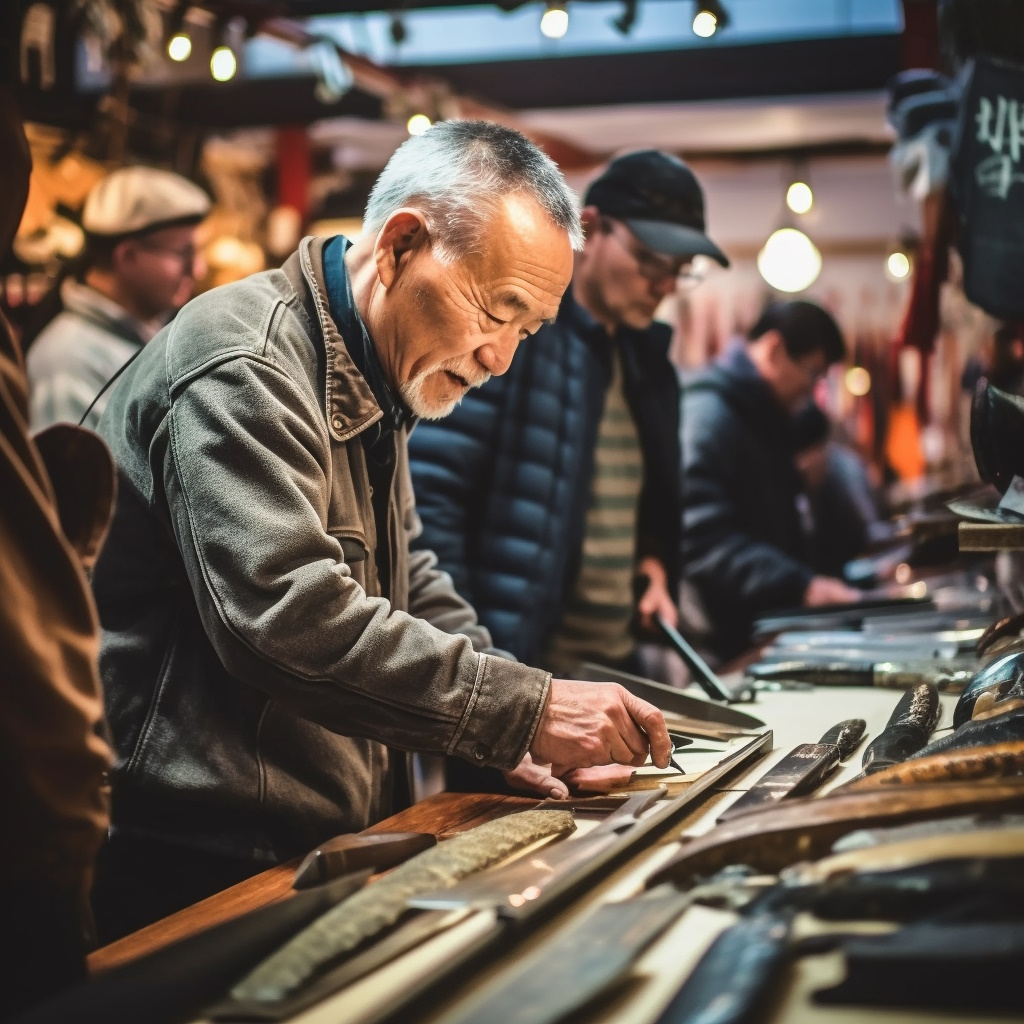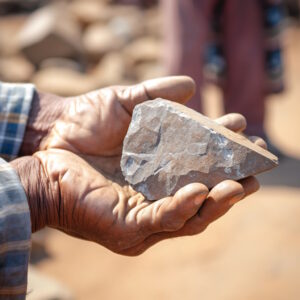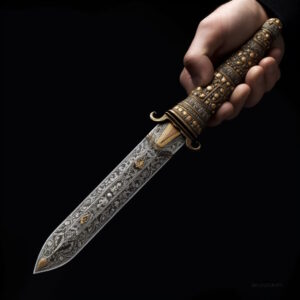Welcome! Go to your Account

Introduction
Welcome to Knife Enthusiast‘s comprehensive guide to identifying and valuing antique knives. In this guide, we will dive into the rich history and intricacies of antique knives, imparting the knowledge and appreciation needed to identify and estimate their value. Whether you’re a novice collector or an experienced connoisseur, this guide will offer valuable insights to enhance your understanding of antique knives.
The Fascination with Antique Knives
Understanding the Appeal
Antique knives are more than just cutlery; they are artifacts imbued with history, craftsmanship, and artistry. To hold an antique knife is to hold a piece of the past, a tangible link to our human ancestry. These tools, born from necessity and refined over centuries, represent a profound connection to our shared cultural heritage.
The appeal of antique knives lies in their variety and uniqueness. They come in an array of shapes, sizes, and designs, each reflecting the era and region from which it originated. The evolution of knives mirrors the development of human societies, as innovations in knife-making often aligned with advancements in technology and shifts in cultural norms.

The History and Evolution of Knives
The history of knives is as old as human civilization itself. Early humans crafted sharp-edged tools for survival, and as societies developed, so too did the complexity and versatility of these tools. The knife has been an essential component of human progress, evolving from simple flint knives in prehistoric times to the meticulously crafted blades of the modern era.

The advent of metallurgy around 5,000 B.C. transformed knife-making, enabling the production of stronger, more durable blades. Bronze knives emerged in ancient civilizations, followed by iron and steel as metallurgical techniques advanced. The introduction of folding knives in the Roman era marked a significant milestone, setting the stage for the development of pocket knives.
In the 19th and 20th centuries, the industrial revolution led to mass production and standardization of knives, giving birth to a variety of recognizable brands. However, amidst this mass production, the art of handmade knives persisted, preserving traditional craftsmanship and contributing to the diversity and richness of antique knives we see today.
Identifying Antique Knives
Key Characteristics of Antique Knives
Identifying antique knives involves understanding key characteristics that distinguish them from contemporary pieces. Here are some factors to consider:
Material: Early knives were made from bronze, iron, or carbon steel. The type of metal used can provide clues about the knife’s age and origin.
Design: The design of a knife, including its shape, size, and decorative elements, can reflect the era and region of its creation.
Marks and Symbols: Makers often left marks or symbols on their knives, which can be invaluable for identification. These can include the maker’s name, logo, or location.
Condition: While wear and tear can indicate age, excessive damage or signs of poor restoration can affect a knife’s value.

Recognizing Prominent Knife Brands and Makers
Familiarity with notable knife brands and makers can greatly aid in identification. Companies like Case, Buck, and Boker have a long history and are renowned for their quality. Additionally, custom knife makers such as Randall Made Knives and William Scagel have left indelible marks on the knife industry.
However, it’s important to note that counterfeits abound in the antique knife market. Authenticating a brand requires careful examination of the maker’s mark, craftsmanship, and other identifying features. It’s often advisable to consult a knife appraisal expert when in doubt.
The Art of Knife Appraisal
Factors Affecting a Knife’s Value
Determining the value of an antique knife is an art that takes into consideration several factors:
Age: Generally, older knives are more valuable. However, age alone does not determine value. A newer knife can be worth more than an older one if it’s in better condition or if it’s from a highly sought-after maker or brand.
Condition: Knives in excellent condition, particularly those that still have their original box or documentation, are usually more valuable. Damage, such as chips or cracks, can significantly decrease a knife’s value.
Rarity: Limited edition knives, or those from a well-known maker that are no longer produced, can command high prices due to their rarity.
Demand: The value of antique knives can fluctuate based on demand. Trends in the collector’s market can dramatically affect prices.
How to Get Your Knife Appraised
If you have an antique knife and you’re curious about its value, consider getting it professionally appraised. Knife appraisal experts have the knowledge and resources to accurately identify and value antique knives. You can find professional appraisers through antique shops, auction houses, or online platforms.
When selecting an appraiser, look for someone with a solid reputation and expertise in antique knives. Be prepared to provide as much information as possible about the knife’s history and condition. In some cases, you may need to provide photographs or physically send the knife to the appraiser for examination.
Caring for Your Antique Knife Collection
Tips for Preserving Antique Knives
Proper care is essential to preserve the beauty and value of your antique knives. Here are some tips to keep your collection in top condition:
Cleaning: Regular cleaning is essential, but it must be done gently to avoid causing damage. Use mild soap, water, and a soft cloth, and dry the knives thoroughly to prevent rusting.
Maintenance: Keep your knives sharp, but be cautious. Sharpening an antique knife can sometimes devalue it, particularly if done incorrectly.
Handling: Handle your knives with clean hands to prevent oils and acids from damaging the materials.
Best Practices for Storing and Displaying Your Collection
Storing and displaying your knives properly can protect them from damage and allow you to showcase their beauty:
Storage: Store your knives in a dry, cool place. Consider investing in a knife storage case or cabinet, ideally one with individual slots to prevent the knives from touching and causing damage to each other.
Display: If you’re displaying your knives, consider a display case with UV-protective glass to prevent sunlight from fading the handles and blades.
Conclusion
Collecting antique knives is a journey into the past, offering a unique glimpse into human history and craftsmanship. Whether you’re just starting out or you’re an experienced collector, we hope this guide has provided valuable insights into the world of antique knives. Remember, the joy of collecting comes not only from acquiring new pieces but also from the learning and discovery that comes with each addition to your collection.